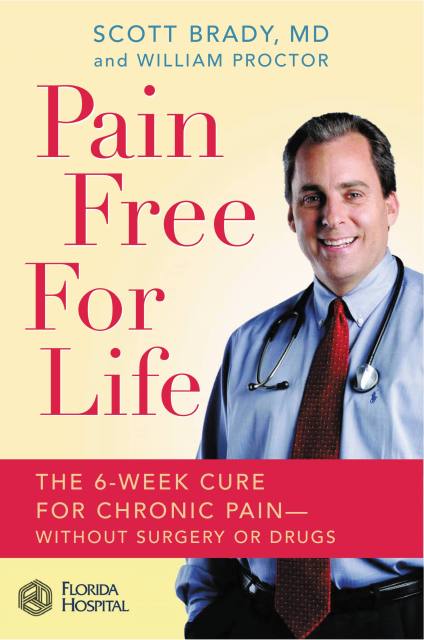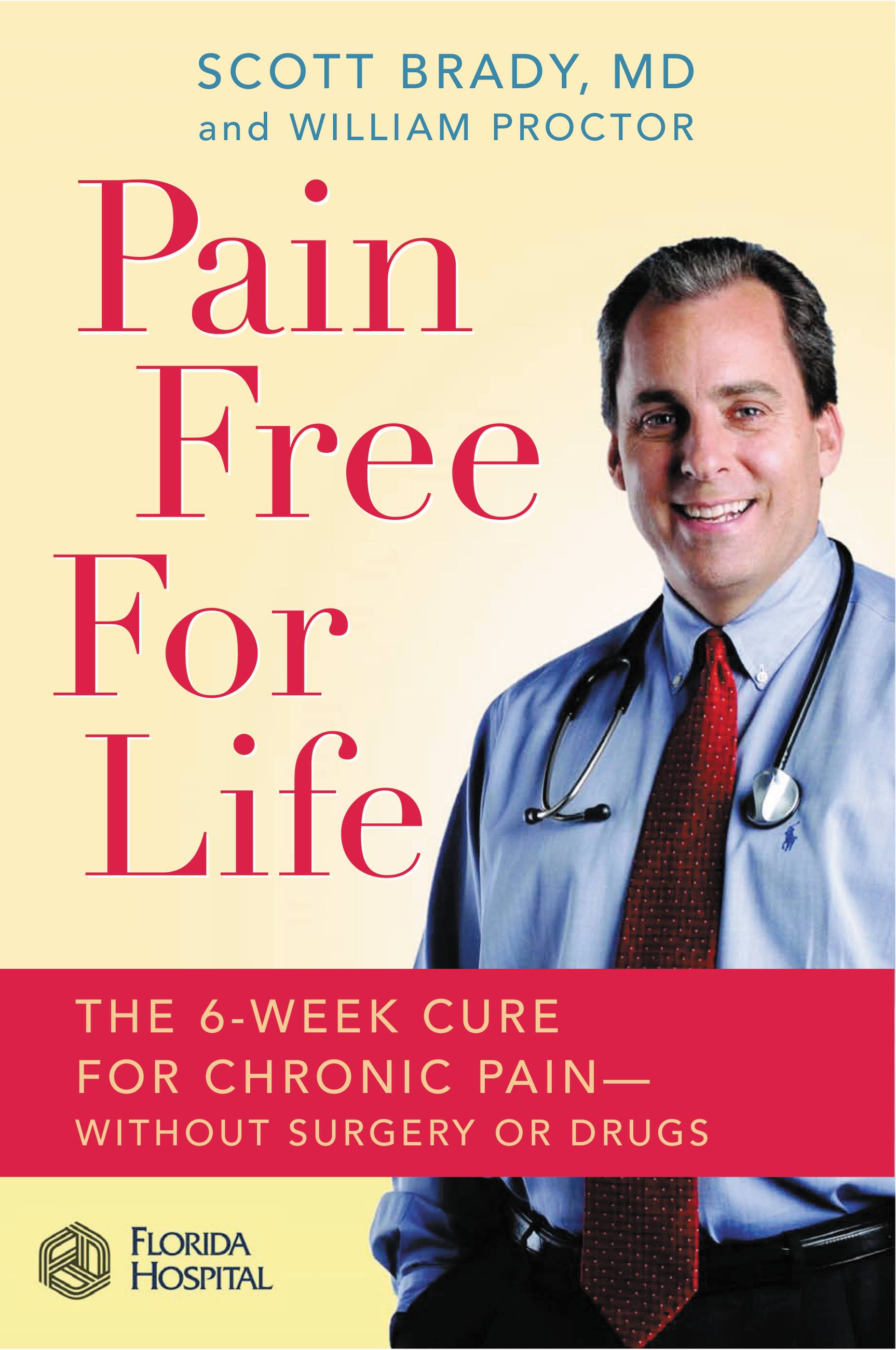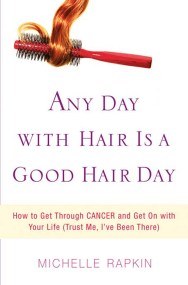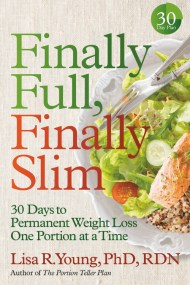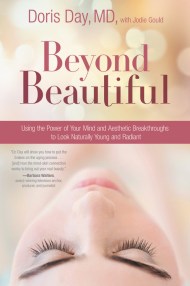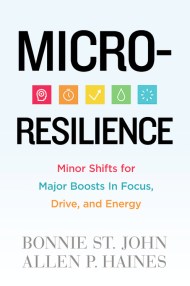Promotion
Use code MOM24 for 20% off site wide + free shipping over $45
Pain Free for Life
The 6-Week Cure for Chronic Pain--Without Surgery or Drugs
Contributors
By Scott Brady, MD
By William Proctor
Formats and Prices
Price
$5.99Price
$7.99 CADFormat
Format:
- ebook $5.99 $7.99 CAD
- Hardcover $37.00 $47.00 CAD
This item is a preorder. Your payment method will be charged immediately, and the product is expected to ship on or around October 15, 2007. This date is subject to change due to shipping delays beyond our control.
Also available from:
Doctors told him he would live with his back pain for the rest of his life. Having exhausted all options offered by conventional medicine, Dr. Brady overcame his pain using a mind-body-spirit approach’in an incredible four weeks. In 2000, he founded the Brady Institute, where more than 80 percent of his patients have achieved 80-100 percent pain relief, without surgery or drugs.
In Pain Free For Life, Dr. Brady sets a clear course for readers to diagnose what is really causing their pain ‘autonomic overload syndrome, which is brought on by the repression of harmful negative emotions with profiles of pain-prone personalities and an innovative spiritual health inventory. He reveals the techniques behind his remarkably effective recovery plan, including the practice of depth journaling and prescriptions to boost the power of personal belief.
Dr. Brady’s approach has helped his patients overcome such conditions as chronic back pain, nagging neck and shoulder pain, migraine or tension headaches, muscle pain, irritable bowel syndrome, insomnia, and many other chronic pain-associated ailments.
The principles and techniques described in Pain Free For Life will be illustrated by in-depth case studies. His proven 6-week program produces results in as little as thirty minutes a day.
Genre:
- On Sale
- Oct 15, 2007
- Page Count
- 304 pages
- Publisher
- Center Street
- ISBN-13
- 9781599951324
Newsletter Signup
By clicking ‘Sign Up,’ I acknowledge that I have read and agree to Hachette Book Group’s Privacy Policy and Terms of Use
